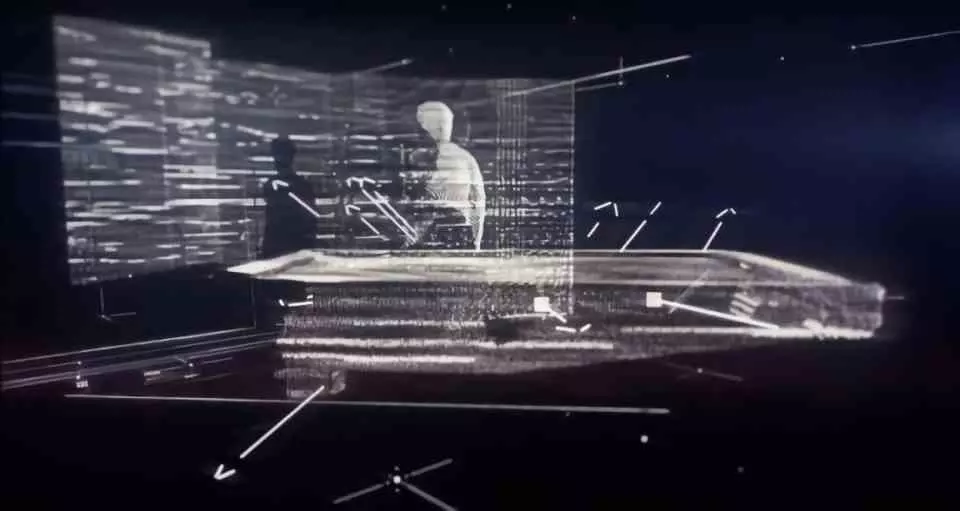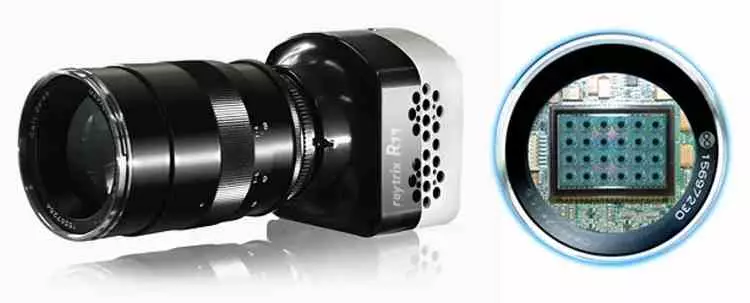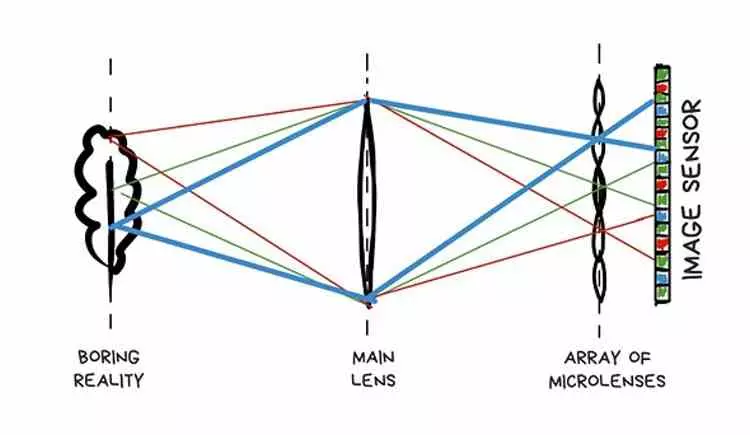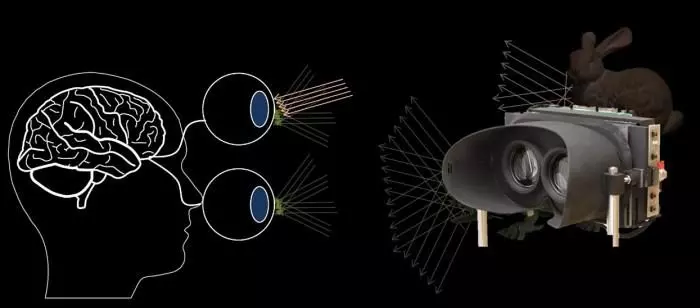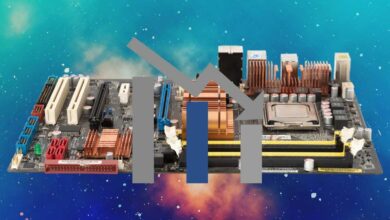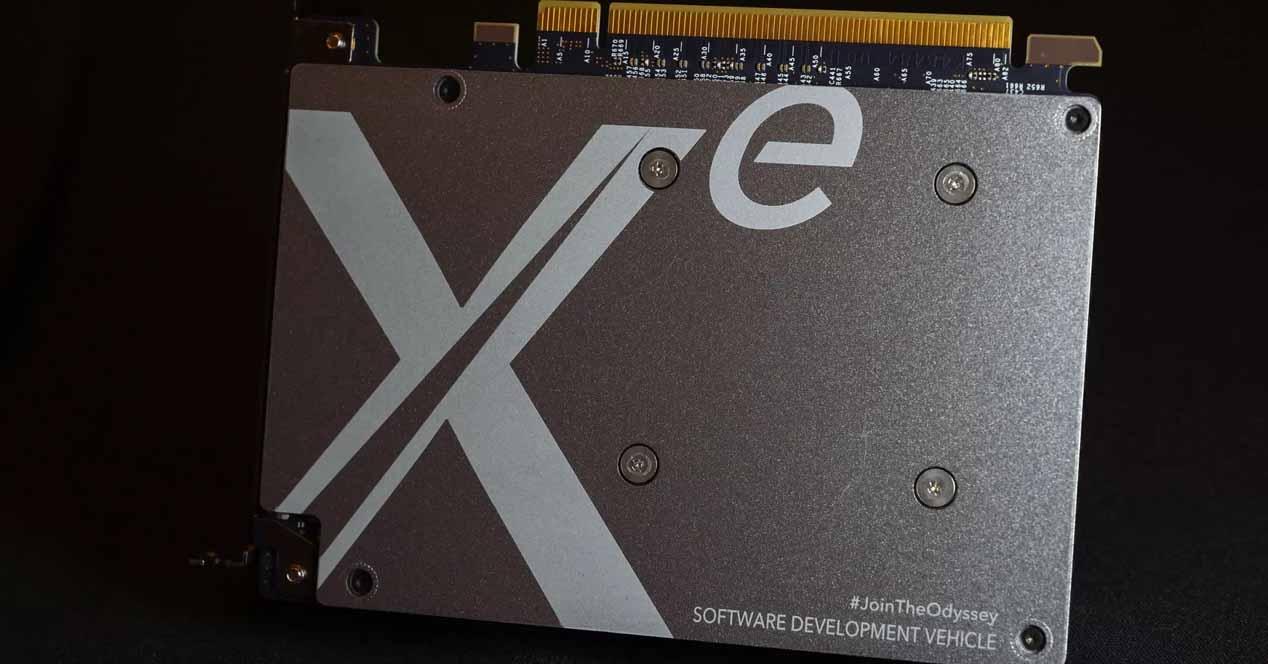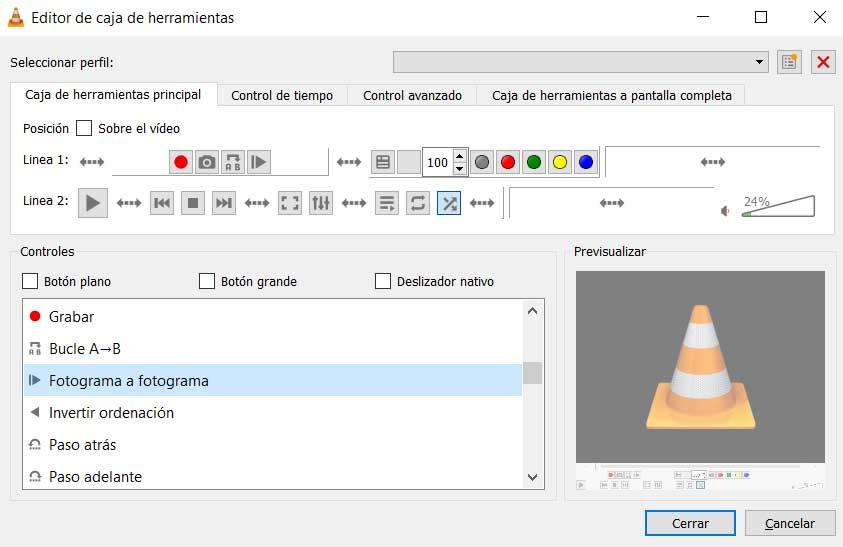
We do not usually see light field screens in the different devices on the market, however its technology is interesting for the future of autostereoscopic 3D screens, virtual and augmented reality glasses and even holograms. Are we facing the screens of the future or a technology that will pass as a mere anecdote like many others?
A few years ago, 3D screens became popular, which through the use of special glasses allowed us to see the image as if it had depth, not outwards as such and, therefore, towards us, but towards the inside of the picture. However, they ended up being a huge commercial failure and since then it was never heard from again.
However, despite the fact that light field screens offer three-dimensional images from a two-dimensional screen, giving the sensation of depth in them, they have nothing to do with it and they are autostereoscopic. In other words, they are designed to offer the same as those 3D screens, but without the need for glasses. This may remind us of the Nintendo handheld console, 3DS, however, this was much more primitive by using a parallax barrier.
light field
First of all we have to define what we understand as a field of light, and with this we are referring to a mathematical function of the vector type that stores in itself the information of all the rays of light in a three-dimensional space that flows from all points and addresses within it. We call this function the plenoptic function.
Plenoptic cameras
One type of camera that has appeared in recent years is the so-called light field or plenoptic camera. Which intend to revolutionize photography by allowing something very simple, however, that is impossible in a conventional camera. Being able to change the focus of the image, which a normal camera cannot do once the picture has been taken.
To do this, it uses a CCD completely different from that of a camera, where this (the conventional camera) takes all the light rays that are in the scene you are taking a picture of and interprets them as a single light source. So this is similar to having a concert recording on a single audio track. A pleno-optic camera, on the other hand, what it does is capture each of the light sources in the scene, storing the intensity of each one of them and their direction, so this allows each of them to be manipulated separately and to have the information of the scene from different points of view.
All of this is possible because light field cameras use a special sensor for registering color and light intensity that is different from conventional digital cameras. To do this, they not only use the classic lenses, but also an array of microlenses to capture light from different angles and which are located just behind the main lens.
In the end, everything becomes a large amount of information that a powerful specialized processor has to interpret to generate an image. So light field cameras or pleno optics capture the light field of the environment. In other words, they capture the amount of light that travels in each direction at each point in the space of the captured image, for later manipulation through a processor.
light field screens
Once we have explained how light field cameras work, we have to explain the other extreme, which are light field screens. So we can deduce that unlike conventional screens where the color value of each pixel is reproduced, what light field screens do is reproduce light reflected by an object from the viewer’s point of view. So they’re going to require a retinal tracking system, usually cameras.
In other words, they are screens that initially, depending on the angle from which we look at them, will offer us a different point of view and, therefore, can create a sensation of depth in the images they show. If with a pleno-optic camera we capture each one of the light points of the scene and then store them in a different way, a light field screen requires generating the complete light field of the scene. So different parts of the screen show slightly different angles of the same image or video, meaning that when users look at the screen from different angles they see the scene from different perspectives, creating a sense of depth in the viewer’s brain.
The first light field screens were designed to be viewed by a single viewer, but prototypes are currently under development that allow multiple viewers to view them at the same time, in which everyone would see different versions of the same scene. The variation of light according to the viewing angle is key to giving a sense of depth to those who look at the scene.
The future of Virtual Reality?
One of the most important points in the face of VR is going to be the tracking of our gaze to render the scene from the perspective of our own eyes to give greater credibility to the virtual environment. However, the use of light field screens will mean a qualitative and quantitative leap.
The reason for this is that conventional LCD or OLED screens are currently used that do not offer that sensation of depth on the objects in the scene that a light field screen does. From the perspective of the viewer, they would be able to perceive the objects in space, which in the case of augmented reality gains power, since the elements of the scene will not seem attached to the real image that we are observing at any time. .
The key to virtual reality is the so-called telepresence and, therefore, the fact of making the viewer’s brain believe that it is a real environment and not a virtual one. That is why the use of light screens is key in the race within virtual reality to generate increasingly credible environments.
The post What is light field technology for displays, cameras and VR appeared first on HardZone.

